Reallybrief.com
Creative Brief Generator
overview
ReallyBrief is a web-based tool for generating creative project briefs by answering simple questions in an interactive form.
Using complex logic flows that walk the user through different questions tailored to their needs, each brief is designed to outline the client’s vision for a project and include all of its key information. This helps bridge the communication gap between clients and creatives, and streamline the creative process.
To validate the need for this product, we adopted an MVP approach with the intention to launch within a month. The project is currently at a stage of further development and user validation.
Duration
March 2022 – ongoing (WIP)
My Role
Research, UI Design, UX Design, Visual Design, Illustration
The problem
When the foundations of a project aren’t set right from the beginning, both clients and service providers end up lost in endless emails trying to clarify details. This means cost blowouts, delayed timelines, scope creep, and expectations that are not met.
Solution
The tool offers a variety of “Briefbots” – logic flows that are carefully constructed by experienced designers to collect information that is relevant for each type of creative project. Depending on how clients answer questions, they are redirected to different parts of the form, answer additional questions, or are skipped through certain parts. All of the questions and answers are then compiled together to create one project brief file that they can share with the service providers.
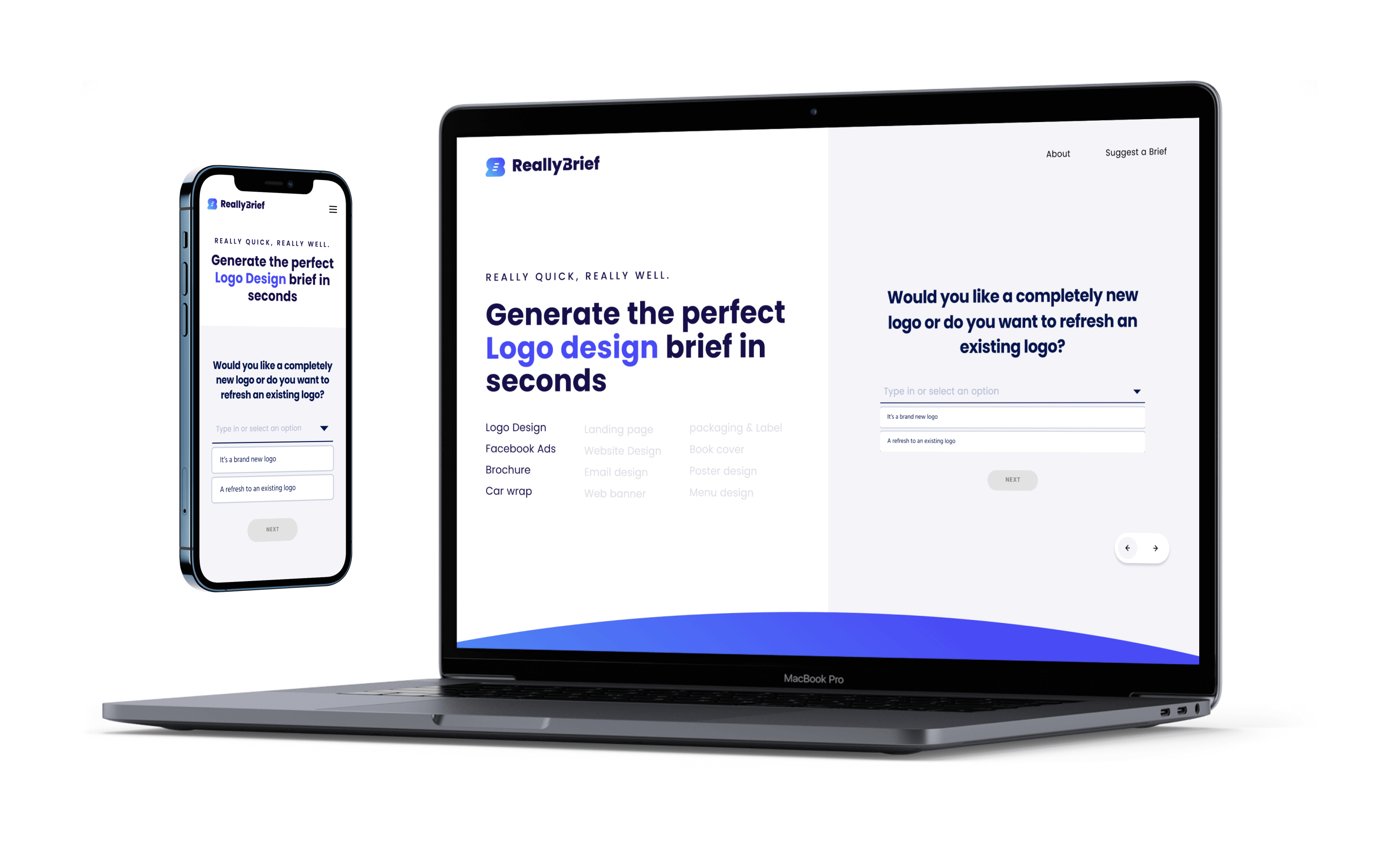
The approach
Research
Competitor Analysis
The next step was to understand what tools or services are used today to gather information about a creative project. Working with fellow designers and from my own personal experience, we know that clients and creatives communicate project goals and requirements through emails, calls, and meetings. Some service providers make their own questionnaires and some clients use templates.
I researched competitors to see who is currently trying to solve this problem and created a comparison chart to see what unique value we can offer with our product.
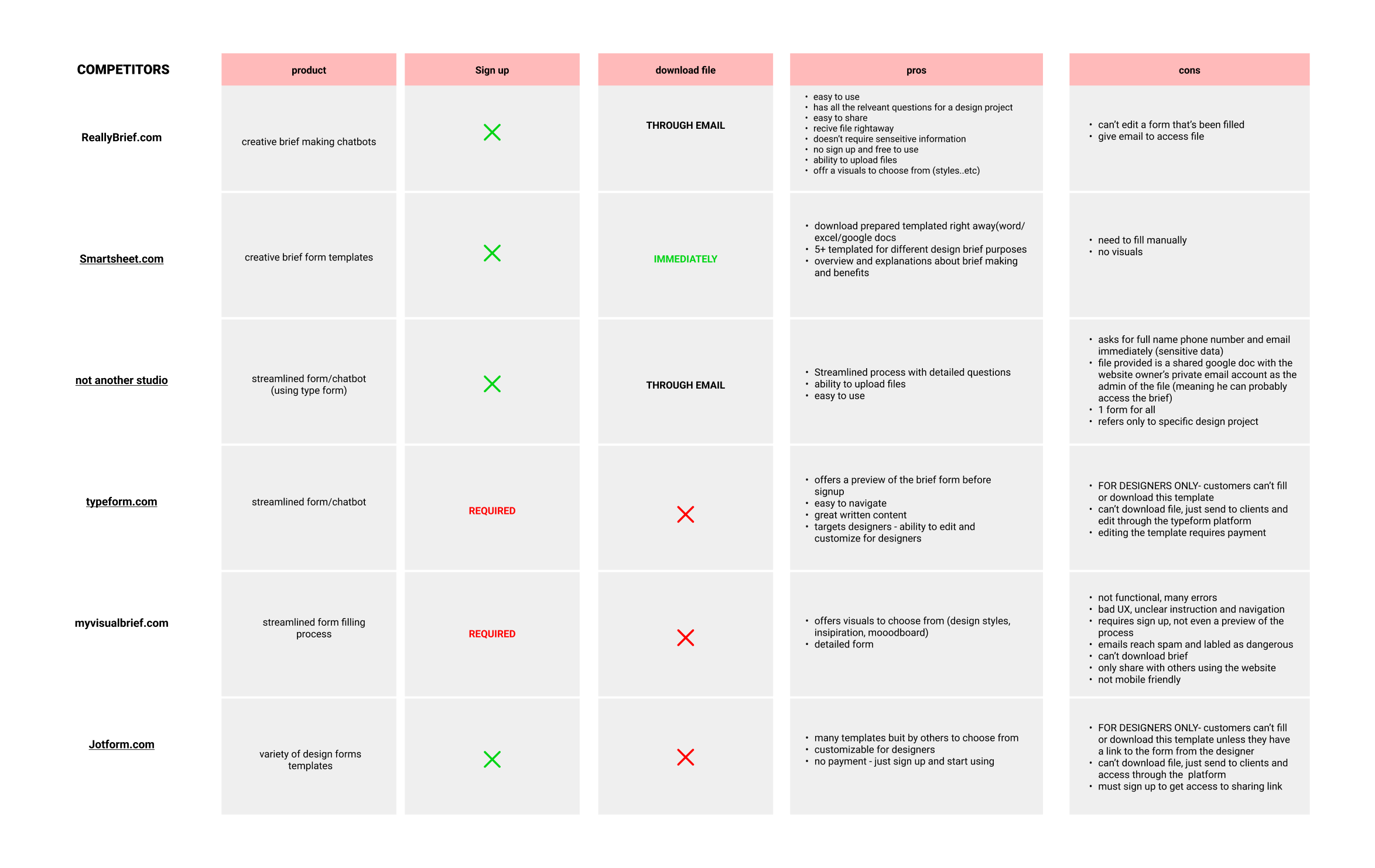
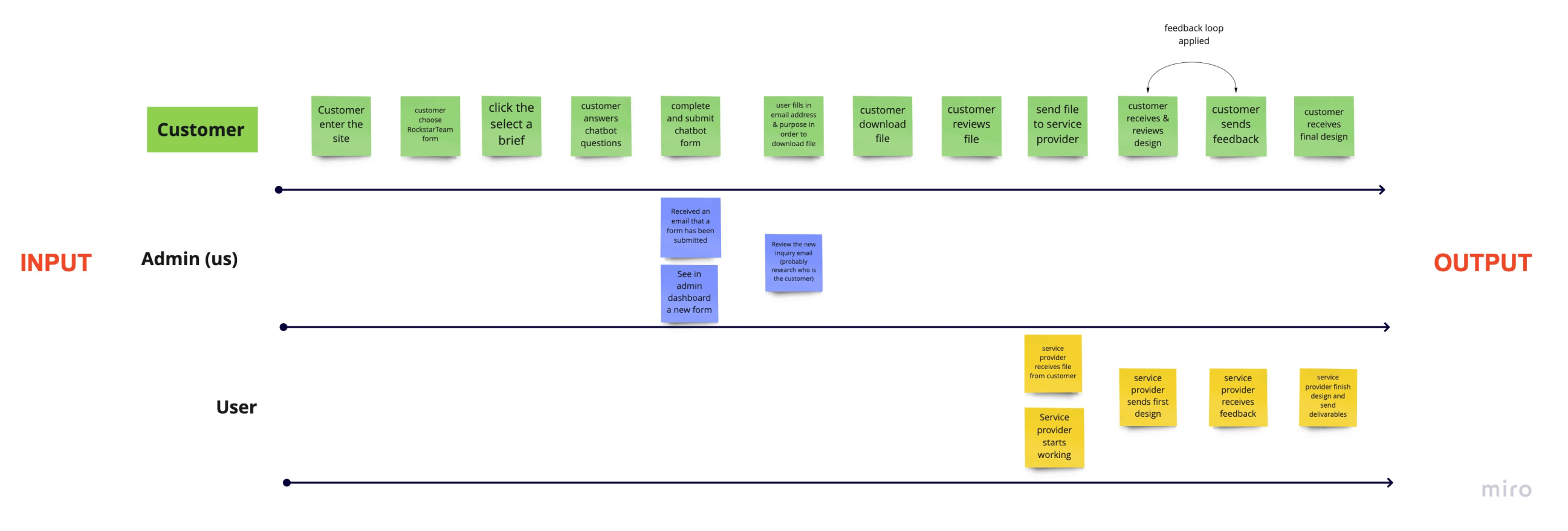
Discovery
1. Making the time-consuming process of writing such a brief an easier task.
2. Covering all the details that are necessary to kickstart a creative project or campaign.
Design
Wireframing and UI Exploration
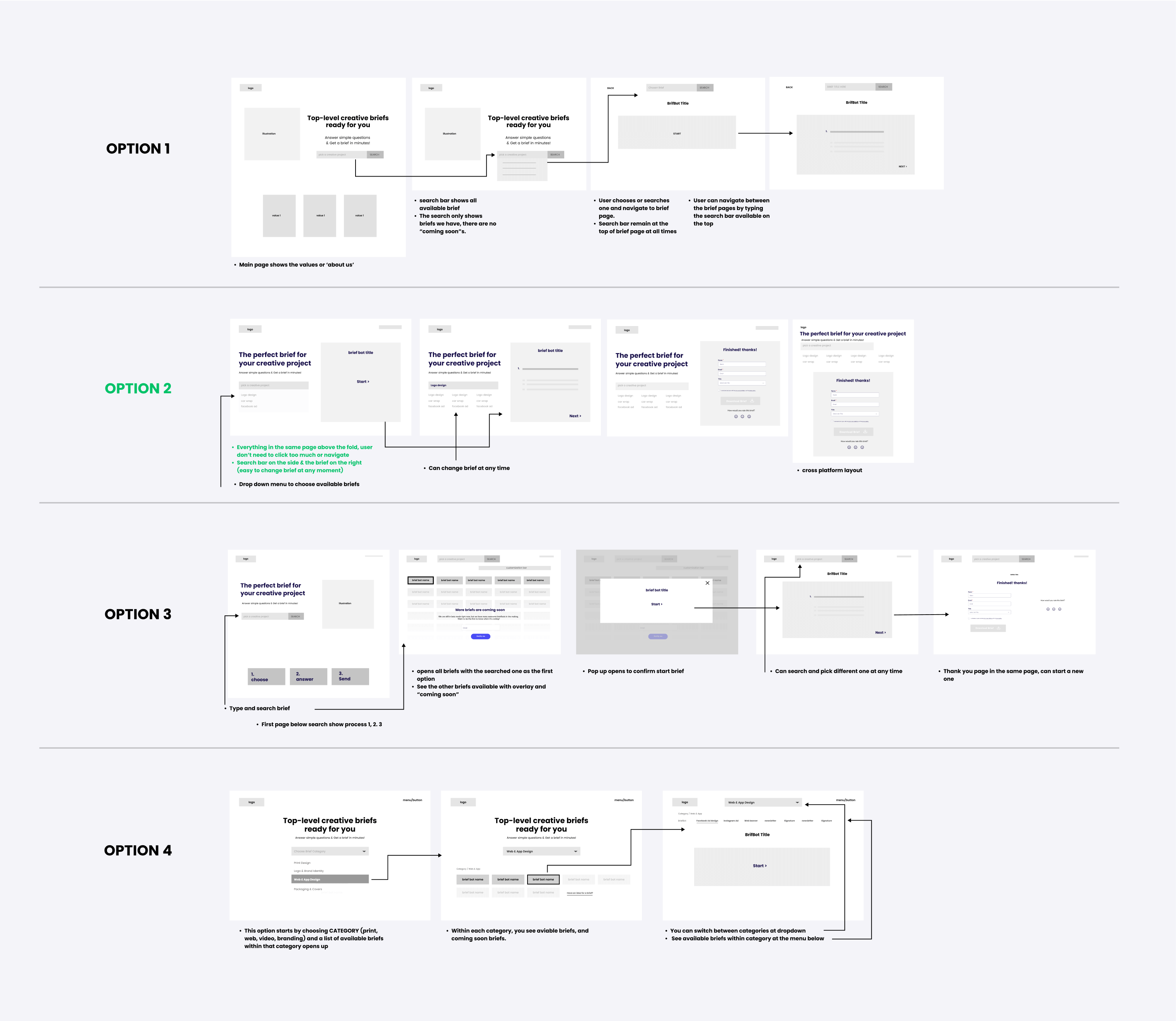
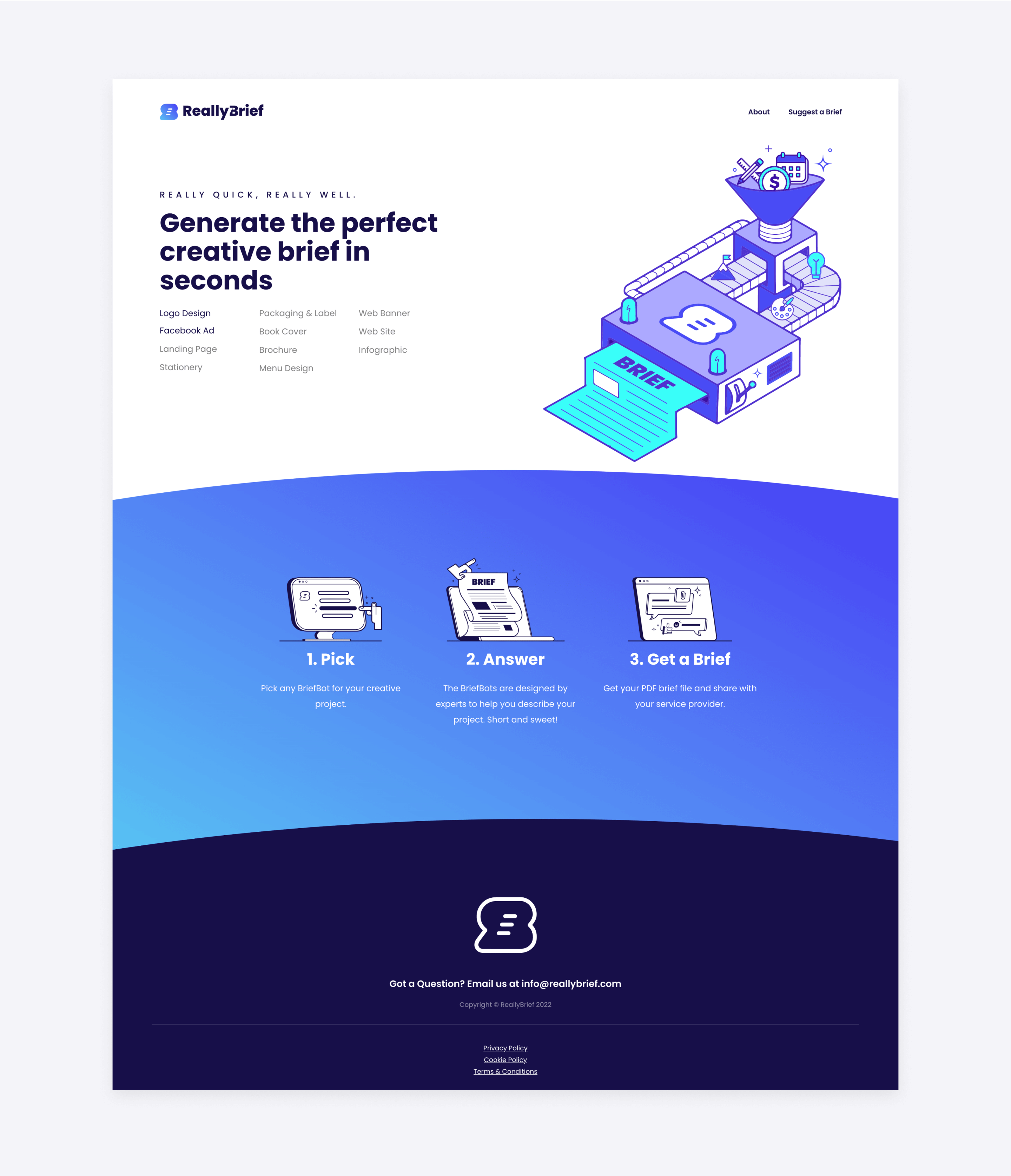
Launch, Learn, Iterate
We designed, built, and launched ReallyBrief.com with 2 fully functioning brief forms.
With the first live version released, now is the time to gather useful data and market validation while continuously working on improvements and the development of more briefs and features.
The opportunity to design a product from scratch into an actual working product and be responsible for many different aspects of it has been an amazing experience. I learned a lot about my own capabilities, limitations, and areas for improvement.